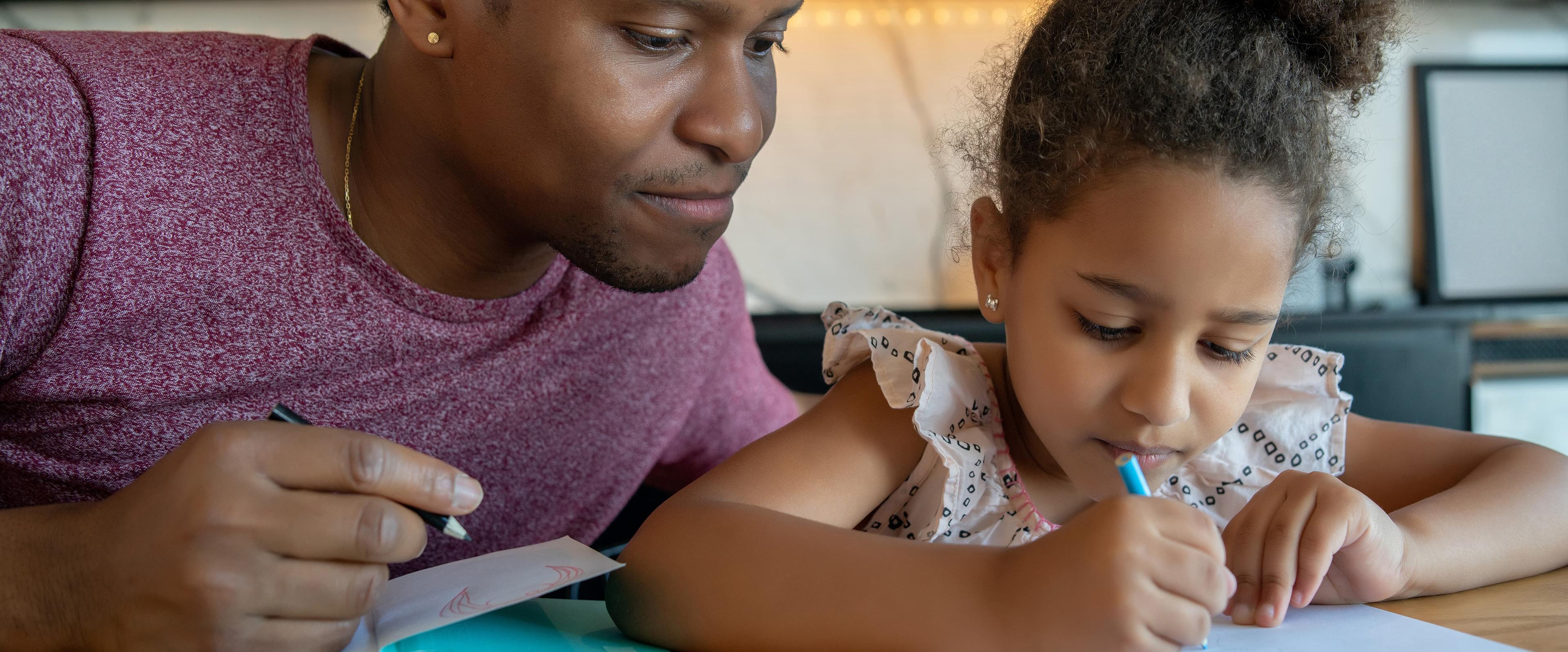As a parent, teacher, or caregiver, it's essential to recognise and celebrate the progress that children make in their learning and development. However, progress isn't always easy to spot, especially if you're not looking for it. This is where the power of observation comes in.
Observation is a vital tool for anyone working with children. By carefully observing a child's work, behaviour, and interactions with others, you can gain valuable insights into their learning and development. This, in turn, can help you to identify areas where the child is making progress and areas where they may need additional support.

So, how can you use observation to see progress in a child's work?
Observe regularly
Observation needs to be regular and ongoing to be effective. Take time to observe a child's work and behaviour in various settings and situations, such as during play, group activities, and individual tasks. This will help you to get a complete picture of the child's progress and development.
Use different methods
Observation doesn't have to be limited to watching the child in action. You can also use other methods, such as talking to the child, looking at their work, and listening to their conversations with others. This will give you a more comprehensive understanding of the child's strengths, interests, and areas for improvement.
Record your observations
It's essential to record your observations in a systematic and structured way. This will enable you to identify patterns and trends in the child's behaviour and work over time. You can use a variety of tools, such as checklists, anecdotal records, and video recordings, to document your observations.
Celebrate progress
When you notice progress in a child's work, be sure to celebrate it with them. Praise and positive feedback can go a long way in boosting a child's confidence and motivation to learn. Be specific in your feedback and highlight the specific areas where the child has made progress.
Use observations to inform teaching
Observation is not just about seeing progress; it's also about identifying areas where a child may need additional support. Use your observations to inform your teaching and adapt your strategies to meet the child's individual needs. For example, if you notice that a child is struggling with a particular task, you can provide them with more support or use different teaching methods to help them.
In conclusion, observation is a powerful tool for seeing progress in a child's work. Celebrating progress and using observations to inform teaching can help to ensure that every child reaches their full potential.

